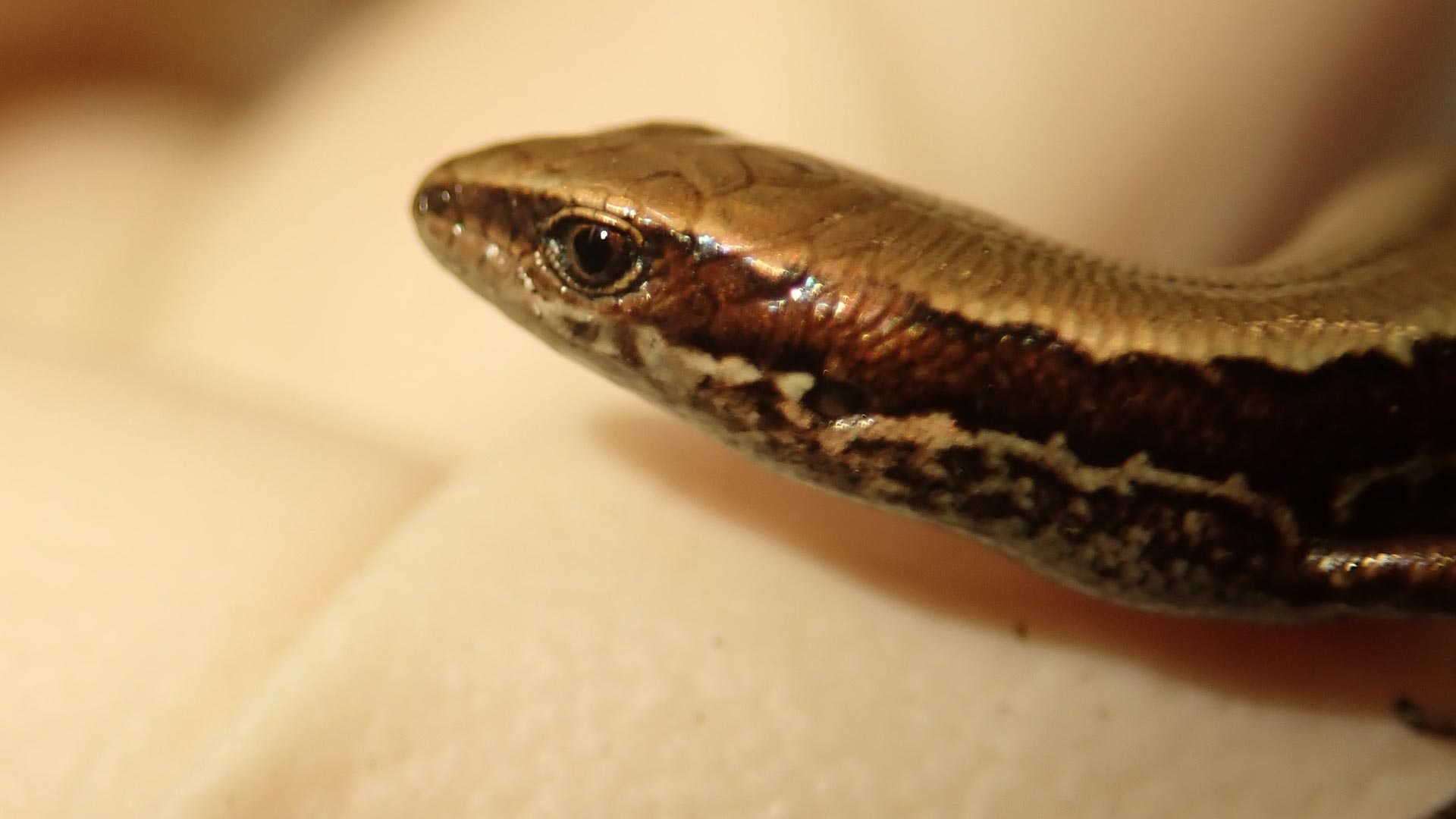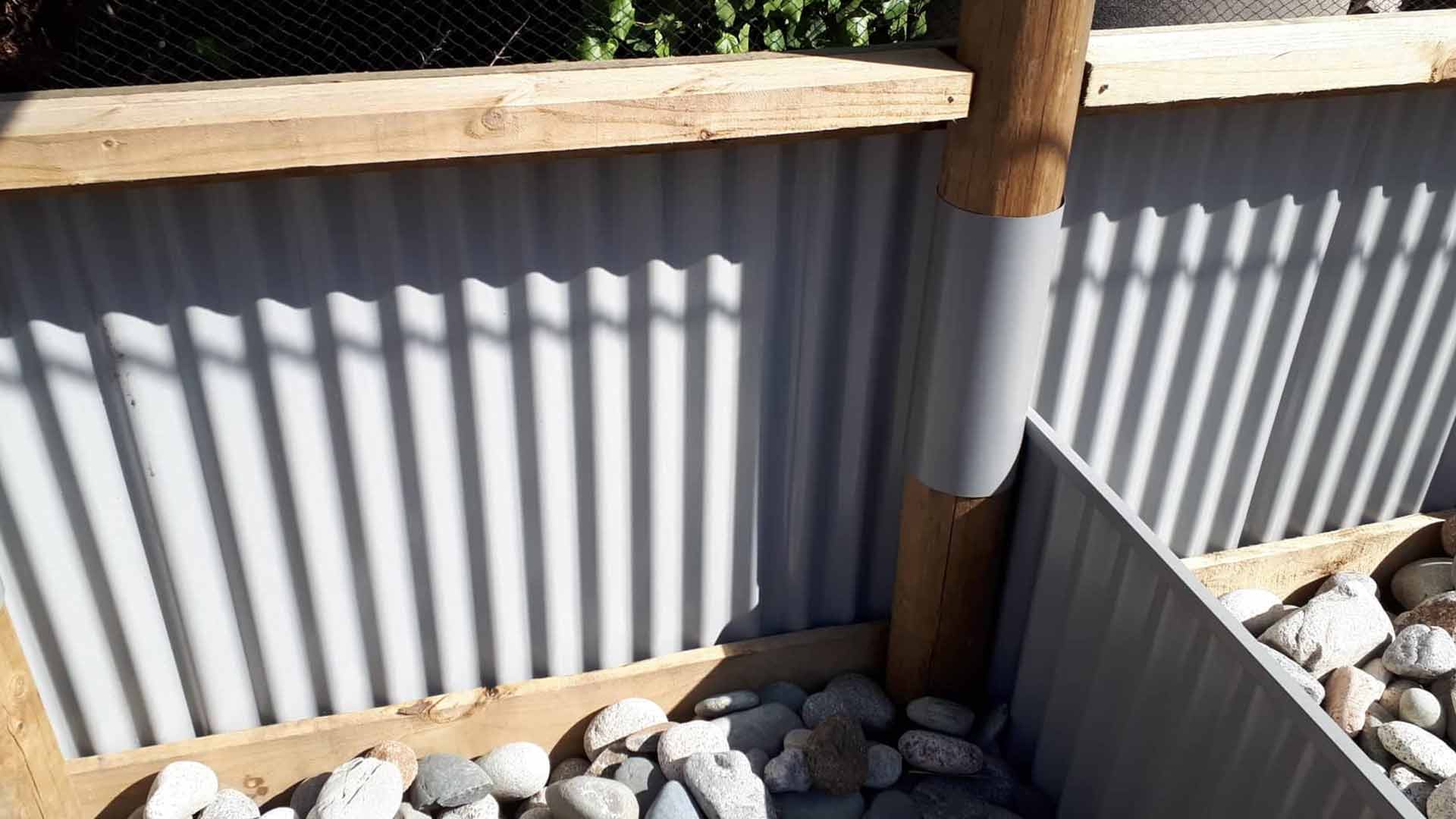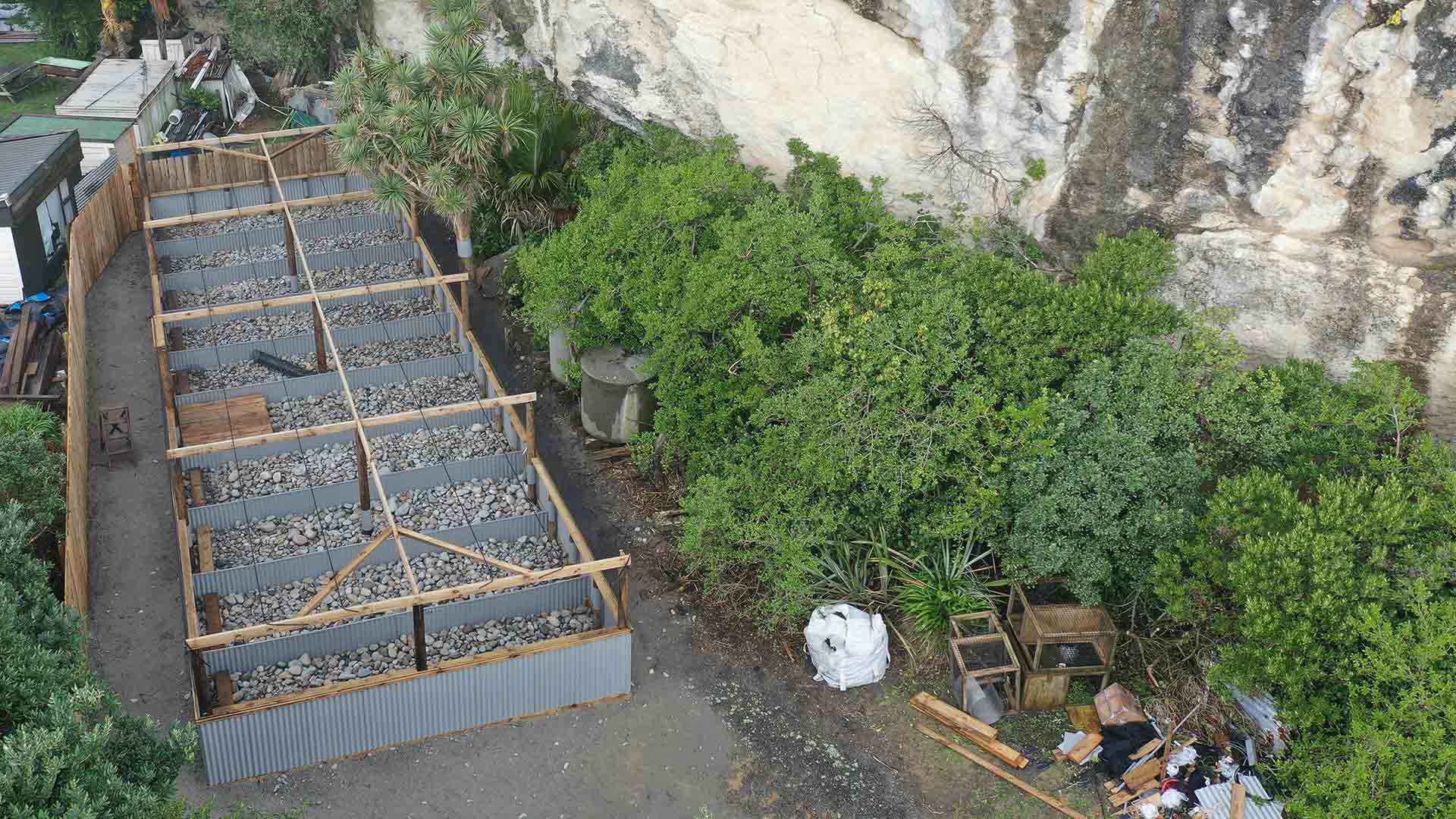Every species has a unique story that deserves to be told. As an organization dedicated to all wildlife and the wild places they call home, we have access to what is ultimately the library of living things. And of course, we love sharing these incredible stories with you!
Today, we’re sharing the remarkable story of the cobble skink; a project we’re immensely proud to be part of and one we know fellow Kiwis will love! While they may only be 12cm in length and weigh no more than a teaspoon of sugar (around 5 grams) a huge amount of work has gone into protecting and preserving this tiny native lizard. Over the years, the cobble skink as a species has endured a great deal of hardship and change, but thanks to Auckland Zoo and its partners, we’re hopeful that this skink will be brought back from the brink!





